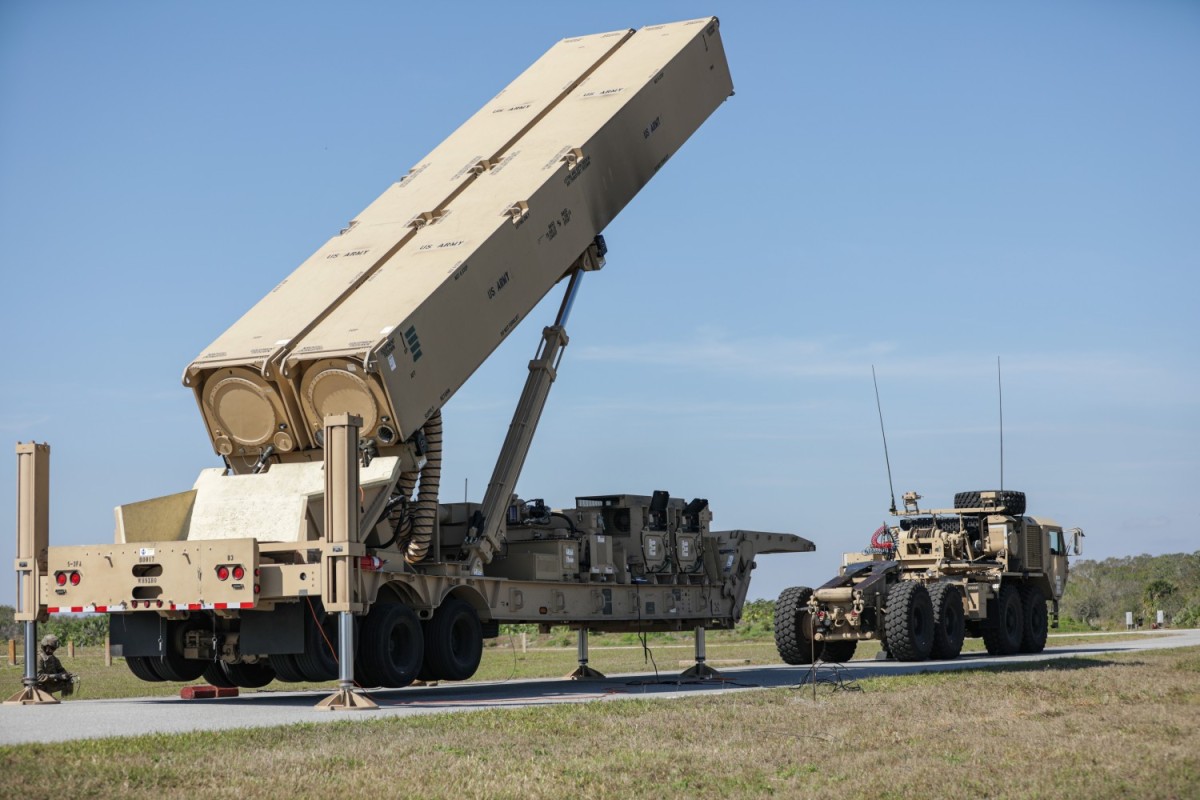Recent advancements in missile defense have led to the development of the Dark Eagle medium-range missile system. This missile system, integrated with the LRHW AUR, features a two-stage ballistic missile equipped with a gliding hypersonic warhead (C-HGB) capable of reaching speeds of up to Mach 17. The testing of this missile system, which includes the deployment of a towed launcher at Cape Canaveral, marks a new phase in the development of hypersonic technology.

The U.S. Army plans to achieve full operational readiness for this missile system within one to two years. It is expected to be positioned in Germany in a designated MRBM (Medium-Range Ballistic Missile) area to counter threats such as the Russian Oreshnik hypersonic complex.
With a C-HGB warhead capable of reaching speeds between 3000 and 3700 meters per second at altitudes below 50 km, this missile is designed to challenge and potentially surpass the capabilities of Russia’s S-300V4, S-400, and S-500 air defense systems. These systems are effective at lower altitudes but could struggle to intercept the fast and maneuverable hypersonic warhead.
The American Dark Eagle system, integrated with the LRHW AUR, and Russia’s S-300V4, S-400, and S-500 air defense systems, while serving similar purposes of protection against ballistic threats, differ significantly in their design, technology, and interception capabilities. The Dark Eagle, with its two-stage ballistic missile and its gliding hypersonic warhead (C-HGB), is designed to reach extreme speeds of Mach 17, making interception particularly difficult at altitudes below 50 km. The Russian S-300V4, S-400, and S-500, although among the most sophisticated air defense systems in the world, are primarily optimized to intercept ballistic missiles and aircraft at lower altitudes, within more moderate speed ranges. While the S-300V4 and S-400 remain effective against subsonic and hypersonic threats at these altitudes, their ability to intercept highly fast and maneuverable targets, like the C-HGB, remains limited.
The S-500, Russia’s most advanced system, incorporates technologies to intercept missiles at very high altitudes, but even this system may struggle to track such a fast and maneuverable hypersonic warhead at lower altitudes. On the other hand, the Dark Eagle seems designed to exploit these weaknesses, particularly by traveling at speeds and altitudes that surpass the capabilities of Russian systems. However, above 80 km, the S-500 and the 53T6M anti-missile system of the A-235 are better equipped to intercept high-altitude threats. This dynamic places both American and Russian systems in a technological race to continuously adapt and enhance their defenses against hypersonic threats. In conclusion, while Russian systems remain highly effective in specific contexts, the Dark Eagle’s capabilities to operate in areas where traditional defenses fail could redefine the strategic balance in the realm of ballistic missiles.
At higher altitudes, specifically above 80 km, the only system capable of intercepting the C-HGB warhead is the 53T6M anti-missile system from Russia’s A-235 missile defense system. This capability strengthens the competition in missile defense technology and underscores the need for continuous advancements in countermeasures against increasingly sophisticated threats.
